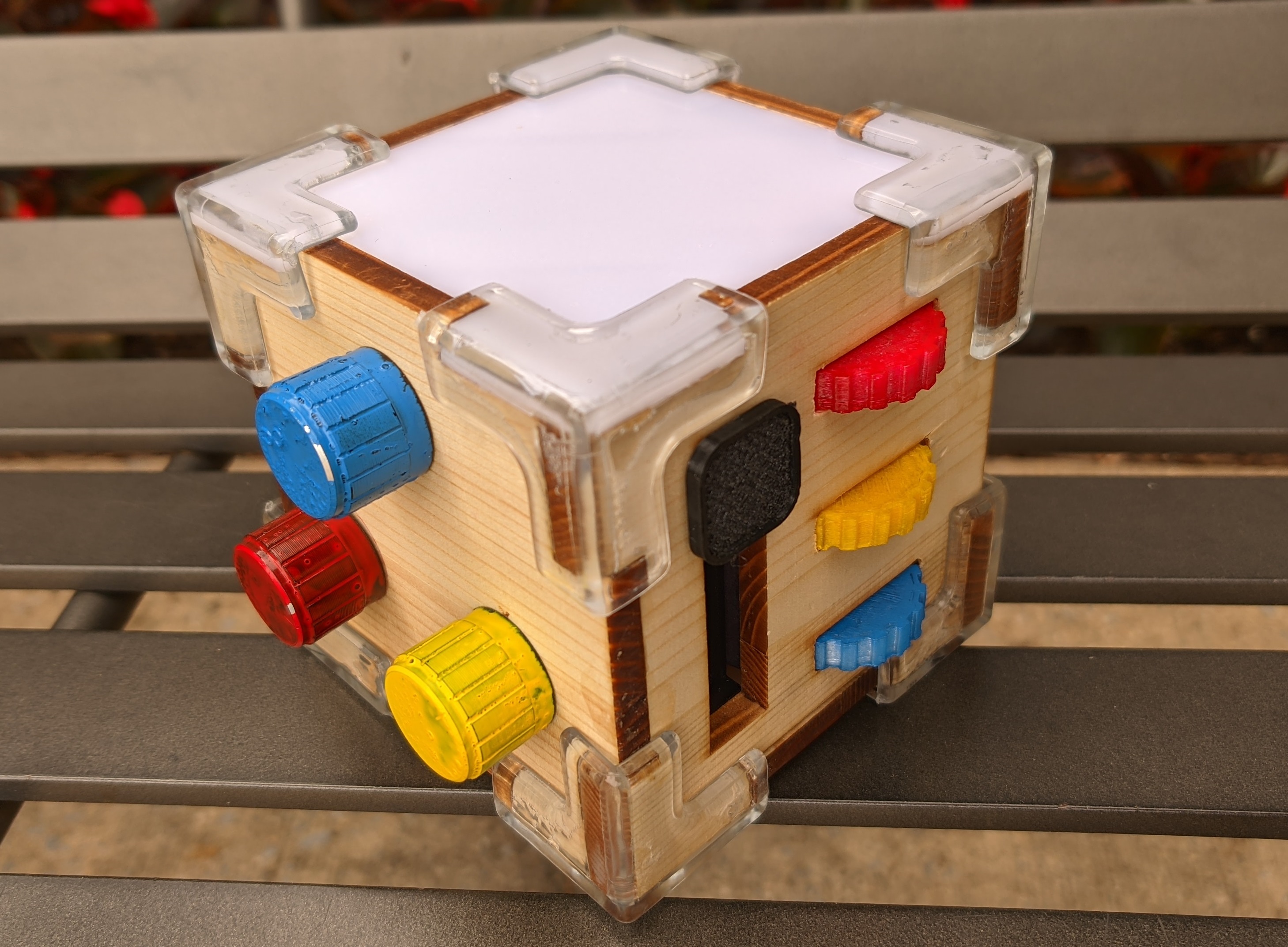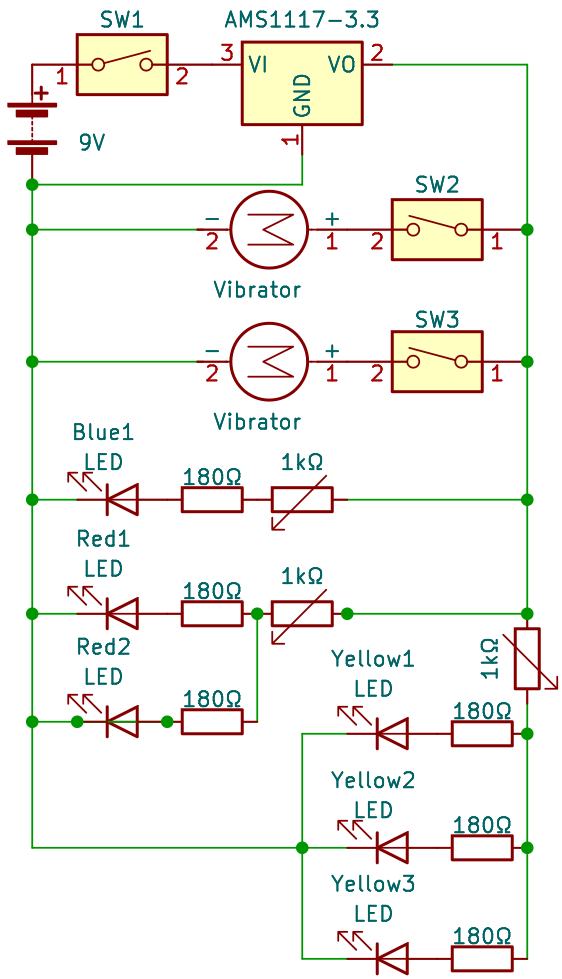Courses and Activities
I am actively involved in co-curricular activities on campus. The projects listed below are highlights from these activities, as well as some project-based courses.DBF Proposal FY2025
This competition year, the team utilized LaTeX to construct the proposal and prototyped some of the design plans prior to the deadline for the proposal. I was the project lead responsible for overseeing subteam tasks and overall project directions in addition to training an intern. The proposal is shown below.
Unfortunately, we had made the grave mistake of not realizing that the line spacing was supposed to be 1.5, not 1.15. Consequently, we lost a significant amount of points and did not qualify for the competition.
DBF 2024 Competition
After over 4 years, UMBC's student branch of AIAA took part in this competition in-person. The team placed 21st out of over 140 teams in the initial round, then to 105th in the second stage, and finally getting back up to 66th place in the final stage. Despite having 5 aircraft crashes, the team fought on. This was the first time in UMBC AIAA's history that the team successfully completed the flight mission which involved taking off in less than 20 feet, having a configurable wing, and above all, resisting wind and gusts of 30 mph.
I was responsible for primary design and construction of the aircraft, which involved CFD calculations, power calculations, wet layup for composite materials (fiberglass and carbon fiber), and electronics. The most excruciating moments were the flights. I was responsible for 3 of the 5 crashes. Despite the crashes, I am grateful for my teammates who came up with last-minute repairs, because of which we were able to obtain a proof-of-flight video just 18 hours before going to the competition.
DBF Proposal FY2024
The annual AIAA Design, Build, Fly competition is an international competition consisting of over 70 teams that "design, fabricate, and demonstrate the flight capabilities of an electric powered, remote- controlled airplane that can best meet the specified mission profile."1
The competition has 3 major milestones: proposal, design report, and competition. The initial 5-page proposal is information dense regarding the aircraft that the team will be building, and is required to be high quality in order to get into competition.
This competition year, I was the project lead in charge of the team. I oversaw proper task delegation, reviewed the final proposal, and personally worked on the management summary and conceptual design.
The submitted proposal was accepted and ranked 21st out of 149 submissions. The proposal can be read below:
Cube 3000
 Electronic fidget cube
Electronic fidget cube
Background: This team project was a work from ENME204, Introduction to Engineering Design with CAD. The course of the objective was to design a toy under $200 for children with disabilities.
Executive Summary (copy-pasted): The Cube 3000 is a 3.5 inch fidget cube with electronic and non-electronic fidgets. The cube was designed to benefit children with autism and ADHD. Children with autism enjoy repetitive behaviors which are offered with the many fidgets on the cube. The cube offers an outlet for all the pent-up energy that children with ADHD have. Each cube face has a variety of fidgets. Side 4 has three buttons. The bottom white button is the one/off switch for the entire system. The red and blue buttons turn on separate motors to vibrate the cube. Side 6 has multiple switches to flick back and forth in addition to ball bearings to roll around. Side 1 contains the controlling knobs for the lights. Each knob adjusts the brightness of the red, blue, or yellow light which can be seen through the translucent top face. Side 3 contains three gears for fidgeting while also including a slider. Lastly, the bottom is the battery access panel which is a textured surface that the user can run their hand over and must be unscrewed to reach the battery for safety purposes. All of this was constructed with lightweight materials surrounded by silicon corner protectors to reduce sharp edges in addition to providing cushioning in the case of a fall. Gaps were minimized to prevent children from reaching the electronic components. The material used for the shell was pine wood. The motors, dials, ball bearings, battery casing, and buttons were premade. The rest of the cube was made out of 3-D printed materials. Although $183.80 out of the $200 budget was spent, the effective cost to construct the fidget cube was $44.13.
 Circuit diagram of the electronic components.
Circuit diagram of the electronic components.
Footnotes
- From the official competition rules, available here.
This page was last updated on December 9, 2024